The Cult of Quiet Luxury: Why Less is the New Luxe
Somewhere between the clink of Baccarat glassware and the soft hum of a Maybach engine lies a quieter, more calculated form of affluence. It’s not new, but it is having a moment. There’s money, and then there’s money that doesn’t need to shout about it.
In a world obsessed with noise and novelty, there is a quieter, more deliberate way of living that begins at home. A carefully curated space is no longer about excess or trend but about meaning. A place where every object earns its place, where art is not decoration but conversation, and where inspiration is drawn from texture, silence, and memory. These are homes that favour patina over polish, provenance over profile, and soul over spectacle. To live this way is not to reject luxury, but to refine it into something deeply personal: a private vocabulary of taste that speaks only to those who know how to listen.
While the world oscillates between neon logos and algorithmic consumption, the genuinely well-heeled have been quietly stepping out — in unlabelled knitwear, sipping wine you’ve never heard of, and checking the time on watches you’ll never find in a shop window. This isn’t restraint. It’s curation.
Eat & Drink: The discreet gourmet
Quiet luxury doesn’t queue for reservations, nor does it need a chef’s selfie to validate its palate. Instead, it savours the rare, the thoughtful, and the well-executed — often behind closed doors or beneath the surface of somewhere spectacular. In this world, dining is less about spectacle and more about a cultivated intimacy, where atmosphere and authenticity take precedence over theatrics.
Take Grotta Palazzese in Polignano a Mare, Italy. Tucked inside a limestone sea cave that has hosted noble dinners since the 1700s, the restaurant offers a sensory experience where nature frames the meal. While the cuisine occasionally draws debate among critics, the quiet thrill of dining within stone walls carved by the sea, with the Adriatic crashing gently beneath, remains utterly unique. This is a place that understands how atmosphere can quietly elevate an evening. A setting made not to impress, but to envelop.

By contrast, Zincenco Kitchen in Budapest opts for something more personal; an intimate, apartment-style restaurant serving just 14 guests at a time. Hidden in a quiet corner of District V, it reimagines the supper club with Slavic soul and modern finesse. The experience is defined not by opulence, but by the warmth of a shared table, locally sourced ingredients, and an uncompromising eye for detail. There are no starched white linens or choreographed service routines here, just the quiet confidence of a kitchen that knows its craft.
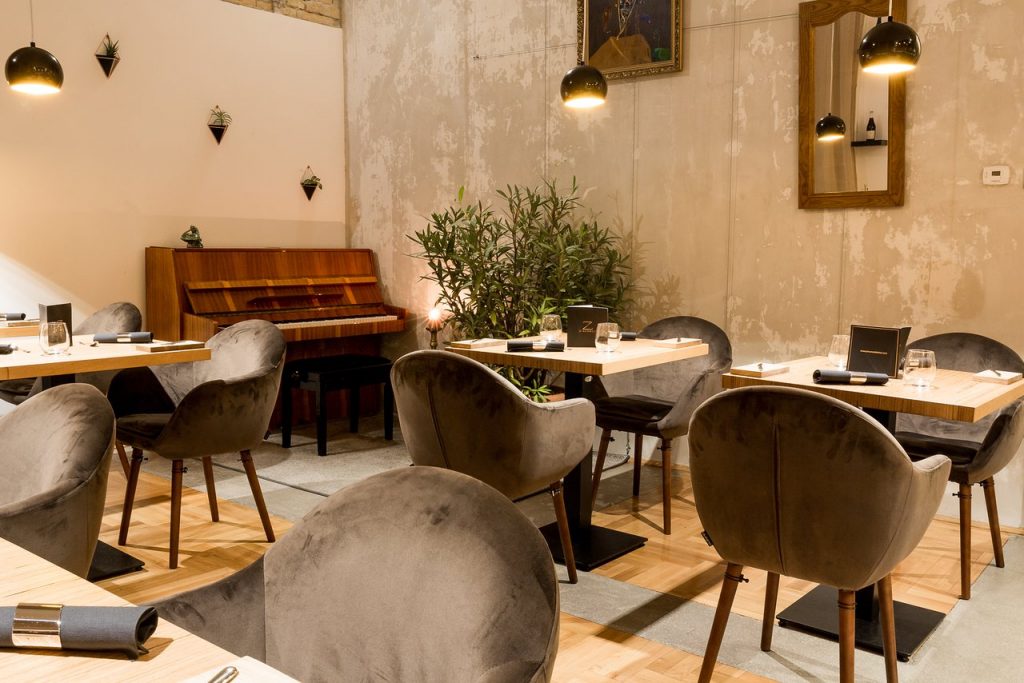
Whether dining within a coastal grotto or inside a reimagined Budapest flat, the essence is the same: exclusivity through authenticity. And beyond the walls, the drink offerings mirror this discreet devotion. Wine lists are increasingly about narrative rather than name — think orange wines from forgotten European valleys, or small-batch whiskies traded more like heirlooms than commodities. Japanese whisky bars hidden in London mews, or off-menu cognac tastings in candlelit salons, are the new badges of connoisseurship.
Gone are the days of exaggerated menus and molecular theatre. In their place: sourdough nurtured over days, butter hand-churned in Alpine barns, salt gathered with reverence, not machinery. Even the tomato — if you know where to look — has become a quiet luxury, grown biodynamically in a sun-drenched grove known only by first name.
And those who host these experiences? They’re no longer chasing profiles or stars. Today’s culinary custodians are part chef, part philosopher — speaking softly about provenance, guiding the curious without performing. No theatrics, no names on plaques, no showy reveal. Just the rare pleasure of being in the right place, with the right people, for the right reasons.
Ride, Drive, Sail & Fly: Understated power
For those who understand quiet luxury, transportation is not about arrival, but about presence. It’s the difference between pulling up in a screeching Aventador and gliding in near-silence in a custom Porsche Taycan.

The Taycan is a masterclass in muted elegance. It offers lightning-fast acceleration and razor-sharp handling without a hint of ostentation. Its streamlined silhouette, whisper-quiet cabin, and minimalist interior design signal status in a language only the fluent understand.
In the world of aviation, the private jet remains a fixture, but the interiors have evolved. Out with the gold taps and marble countertops; in with Italian cashmere upholstery, custom acoustic insulation, and curated art installations. Interiors from design houses like Alberto Pinto cater to clients who want their wealth to be felt, not flaunted.
At sea, eco-yachts are quietly revolutionising the game. Vessels like the Silent 80 are powered by hybrid engines, decked in reclaimed woods, and designed to glide rather than roar. Owners aren’t broadcasting their fleet; they are disappearing into the horizon, blissfully unnoticed.

Driving experiences have also become more personal. Rather than loud races, bespoke road trips along the Dolomites or the Amalfi Coast, with curated stopovers at remote villas and private vineyards, offer a sense of journey that transcends mere transportation. It’s the experience of travel made luxurious through thoughtfulness rather than extravagance.
In aviation, innovations such as ultra-quiet cabin tech and sustainable aviation fuel are quietly transforming the sector. Private jet owners now prioritise aircraft like the Bombardier Global 7500, not only for range but for cabins so acoustically isolated that one can hear a watch ticking across the aisle. These are the details that matter to the truly discerning.
Sound & Vision: Sonic subtlety
Music and entertainment have become even more critical in the era of quiet luxury, though you wouldn’t know it from the outside. No booming speakers, no elaborate home cinema facades. The modern ultra-affluent home integrates sound and vision so seamlessly that guests might barely notice it exists.
Brands like Devialet lead the charge with sleek, high-fidelity systems engineered to disappear into architectural spaces. Each note, each whisper of sound is calibrated with the precision of a Swiss watch. It’s not about turning up the volume; it’s about perfect clarity at any level.

Film and series consumption has similarly gone private. Vinyl collections sourced from first-press editions, vintage McIntosh tube amplifiers, and private screening rooms designed with velvet-lined acoustic walls are de rigueur. The playlist isn’t just what you hear — it’s how you hear it, curated as carefully as a wine cellar.

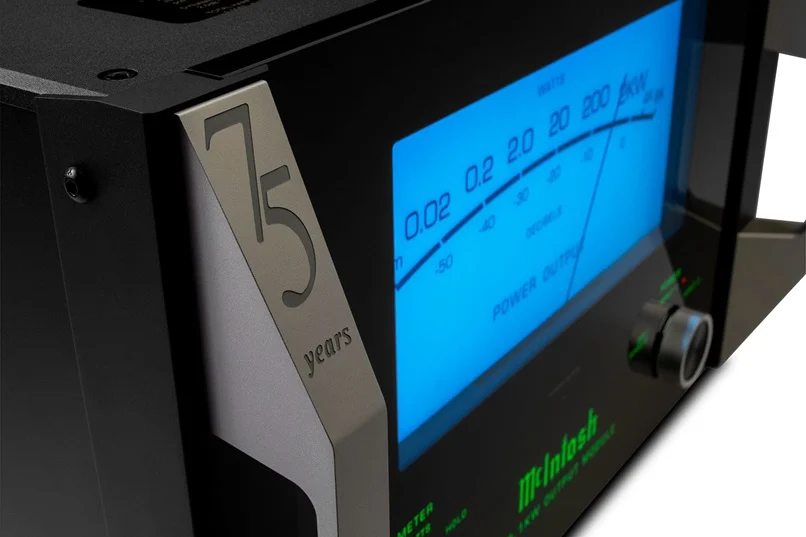
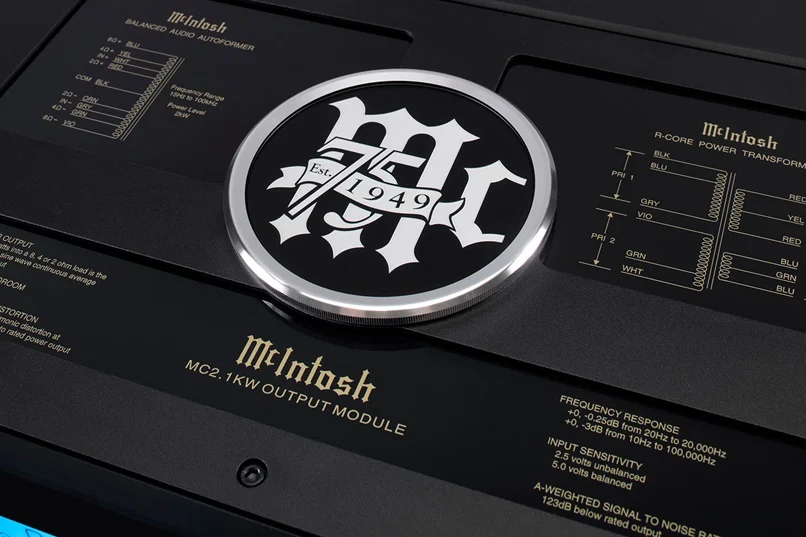
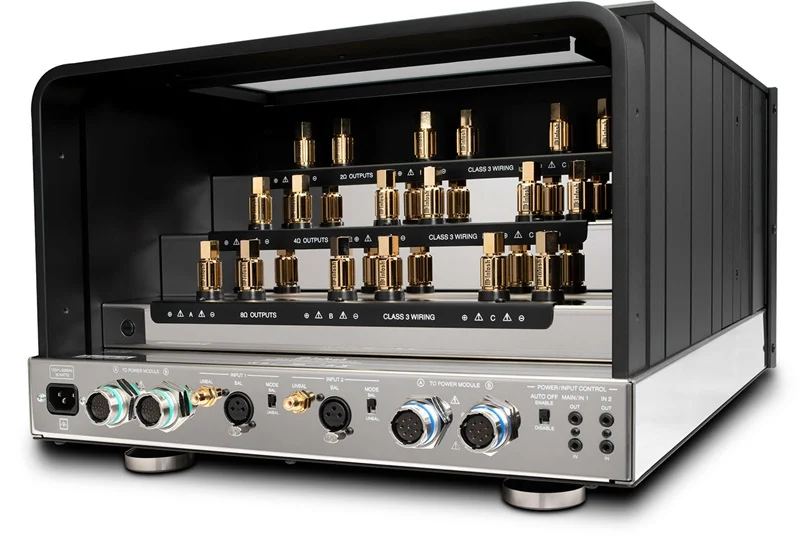
Sound systems are increasingly concealed within walls, disguised as panels of art or hidden within furniture. Acoustic treatments ensure that even at high volumes, the environment remains immersive without being oppressive. True luxury here is achieving concert hall sound in a living room lined with 19th-century tapestries.
The trend extends into vision, too. Projection mapping technology can now turn any wall into a seamless cinema experience. High-end homes opt for invisible screens, retractable panels, and ambient lighting that shifts with the film’s mood. The spectacle is reserved for the senses, not for public display.
Technology: Invisible innovation
Technology, for the quietly affluent, is never about noise. No blinking lights. No voice assistants begging to be heard. Just function, folded into beauty, folded into silence.
Take Lutron. Its HomeWorks system orchestrates light like a conductor with perfect pitch, adjusting blinds and bulbs in sync with both the sun and the owner’s mood. You won’t notice it working. That’s the point. The interface is discreet, the mechanics silent, and the results? …well, the room simply feels right.
Then there’s Bang & Olufsen. The Beosound Theatre doesn’t introduce itself with flashing LEDs or a booming subwoofer. It hums with elegance, casting sound like perfume through a room. In the quiet luxury home, audio isn’t entertainment. It’s ambiance. Architecture. Mood.
Crestron handles the orchestration of everything else. Lighting, heating, music, even door locks – all controlled invisibly, all behaving as though the house itself is sentient. It doesn’t require interaction; it responds as if it’s always known what you were about to want.

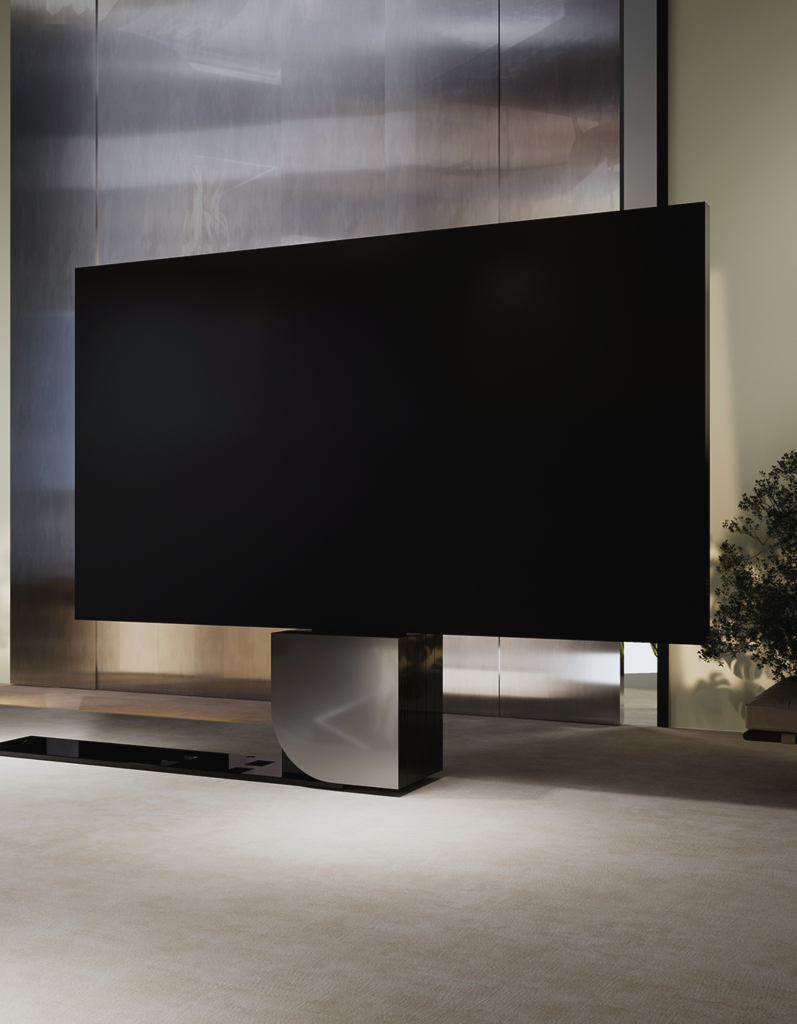
Televisions? C SEED makes them vanish. Quite literally. The C SEED 201 retracts into the floor when not in use, revealing its screen only when invited. It’s theatre for those who prefer their screens seen only on command — and not a second longer.
Privacy, too, has become its own quiet art. With brands like Silent Circle and Priverion, data security is handled with military-grade discretion. These are systems built not for the paranoid, but for those who understand that digital sovereignty is the modern equivalent of land ownership.
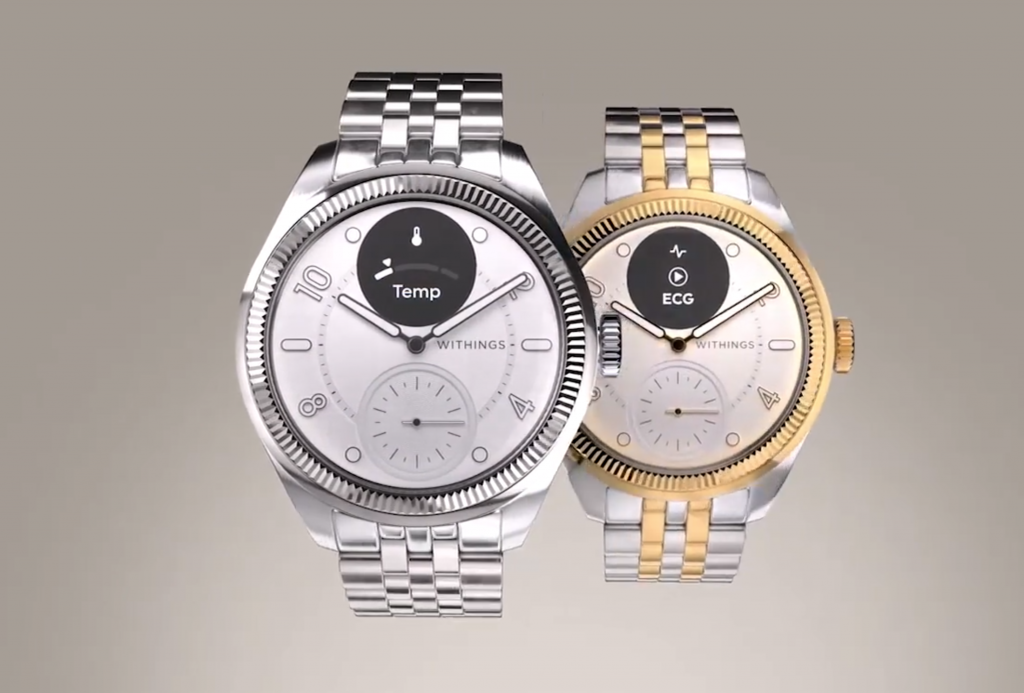
Even wearables whisper. The Withings ScanWatch looks like a classic diver’s watch. Underneath, it monitors oxygen levels, heart rhythms, and sleep quality with clinical precision — but you’d never know. No distractions. No dopamine traps. Just information, handled like a valet.
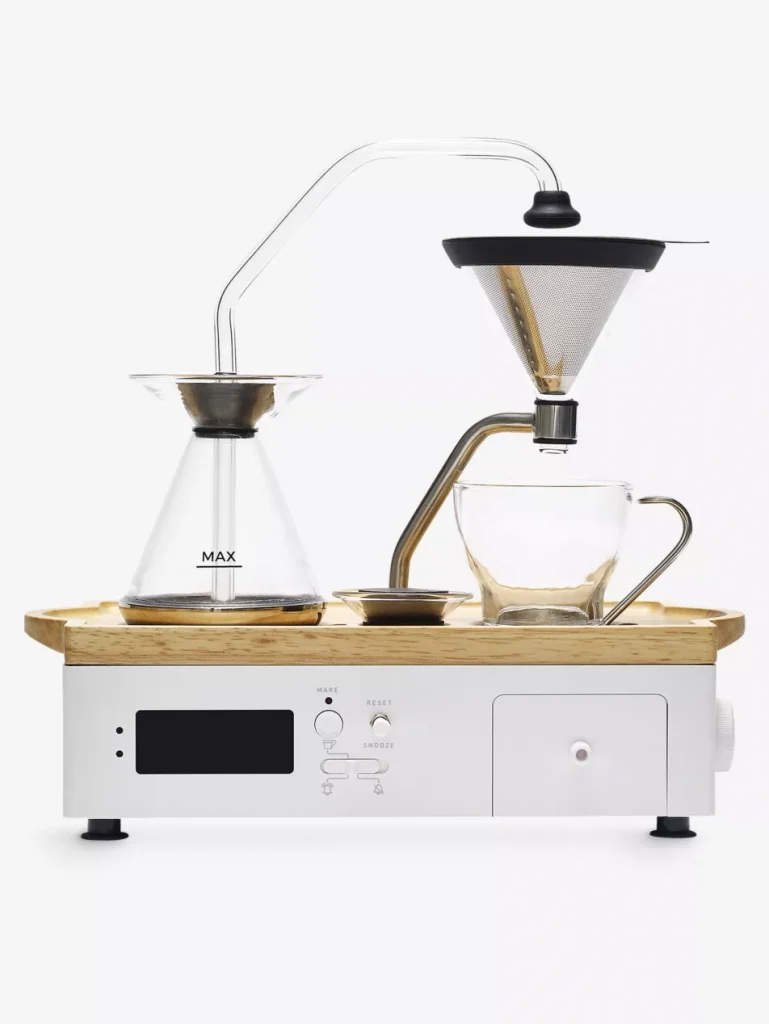
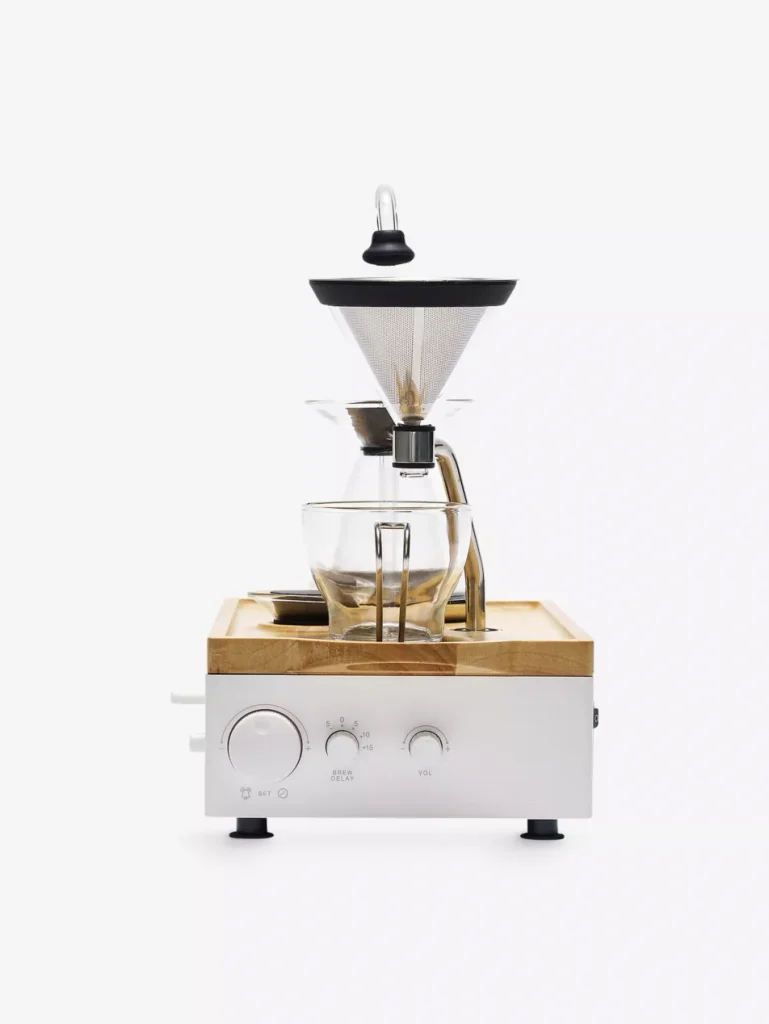
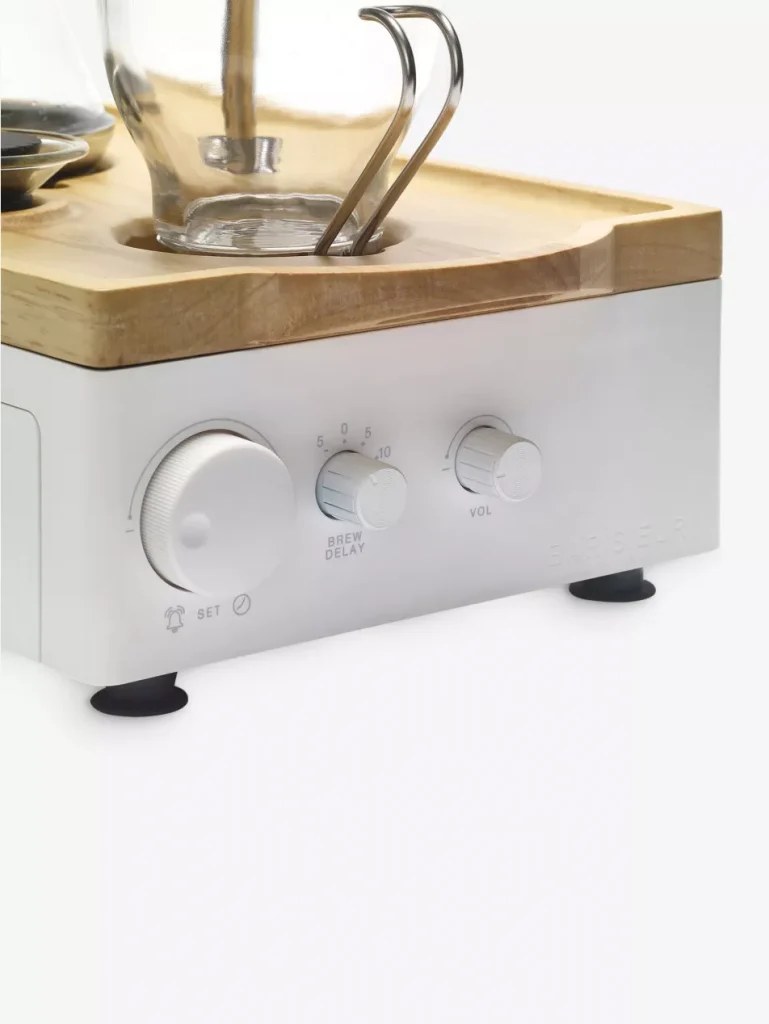
And then there are machines like the Barisieur, a countertop objet that brews your morning coffee before you’ve opened your eyes. Not essential, not efficient — just quietly magical.
This is where technology lives in a quietly luxurious world: not front and centre, but humming gently in the background. Not making a statement, but making your day.
Watches & Jewellery: Time to disappear
True collectors have long outgrown the language of logos. In the quieter corners of horology and high jewellery, what matters now is the intent behind the object — provenance, process, and purpose. The new luxury is less about dazzle, more about dialogue: between maker and material, history and hand.
Timepieces once purchased for bragging rights are being quietly traded for independent watchmaking that speaks to connoisseurs, not algorithms. Pieces by Kari Voutilainen or Philippe Dufour don’t scream wealth — they whisper obsession. Every bridge, every bevel, every barely-there flourish is made for the wearer’s eyes alone. These are watches that reward silence and stillness, not spectacle. No factory lines. No marketing campaigns. Each watch is a testament to horological artistry, worn not to impress strangers, but to honour craft.
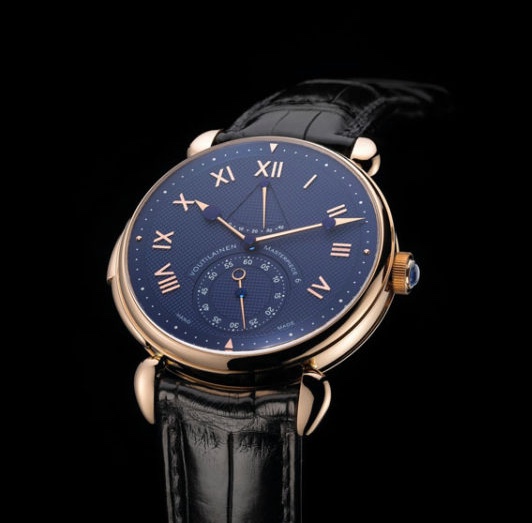
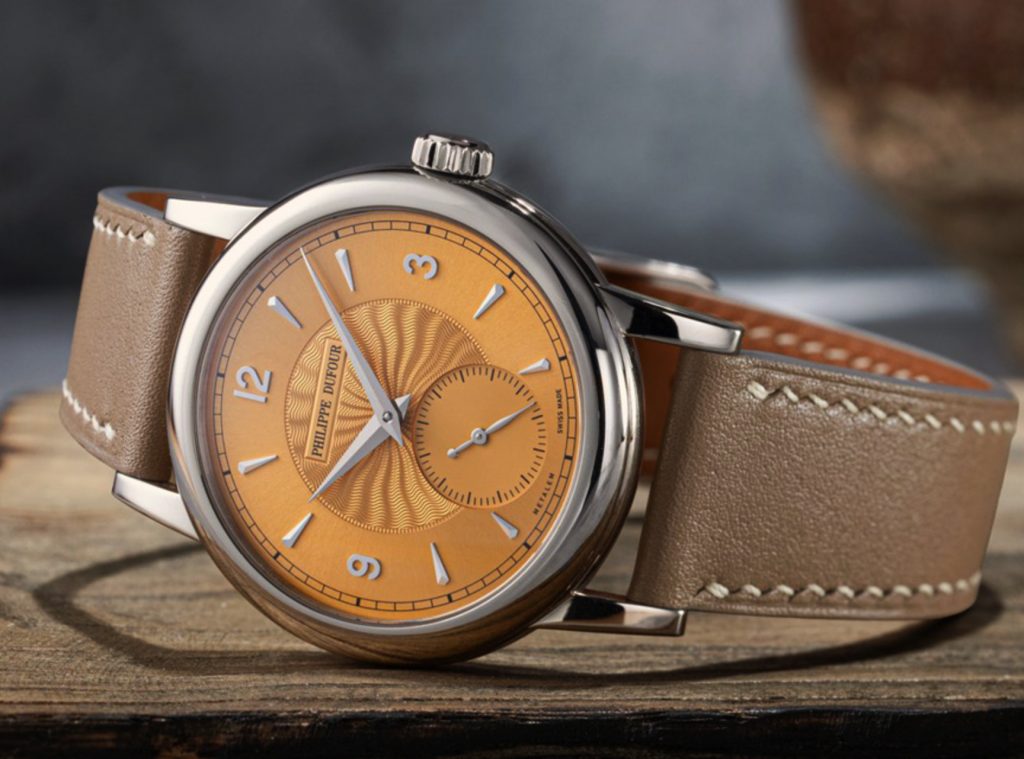
Jewellery, too, is shifting. Bold statements are being replaced with thoughtful echoes of place, story, and sentiment. Cassandra Goad, from her quietly elegant store on Sloane Street, is a case in point. Her designs are rich in personal narrative and global curiosity — inspired as much by Moorish architecture or Sanskrit lettering as by traditional forms. A Goad piece doesn’t seek attention; it holds it, revealing its layers only to those inclined to look twice. There’s a softness to her boldness — a refusal to pander, and an insistence on meaning.
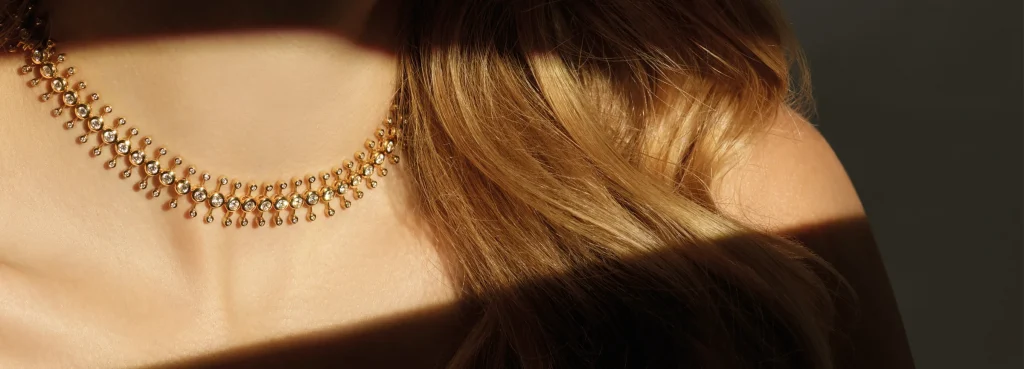
This shift isn’t anti-luxury. If anything, it’s a return to its roots. The old codes – bespoke work, unhurried craft, precious materials worn as personal relics – are reasserting themselves, albeit in a quieter accent. White diamonds have ceded some of their spotlight to deep-hued sapphires, tourmalines with mysterious provenance, or enamel work that took weeks to fire correctly. The value lies not in visibility, but in the knowledge that you’re wearing something that couldn’t necessarily be replicated.
And when the world shouts, there’s an undeniable elegance in simply raising your sleeve, or tilting your wrist, and letting the details speak for themselves.
Where silence holds sway
Quiet luxury isn’t about being bland or cautious. It’s about cultivating a level of discernment that transcends trends. It’s knowing the value of vicuña over cashmere, preferring a hand-rolled Habano to a limited-edition collaboration sneaker, and flying under the radar because that’s where the view is best.
You don’t spot quiet luxury. It spots you.
And if you have to explain it — well, you’re already a few steps behind.




